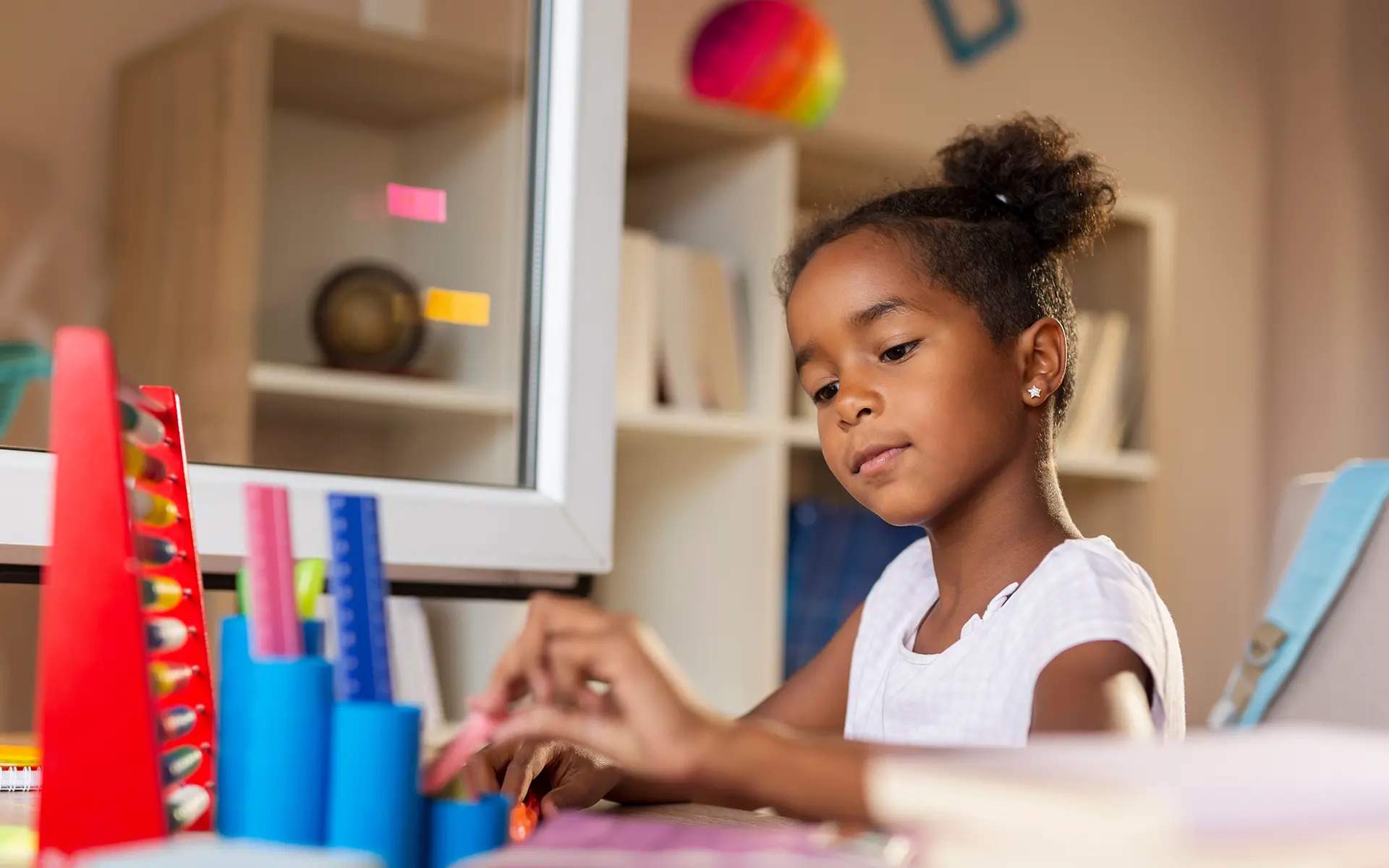1. The Greek Chorus of Classroom Demands
As a novice kindergarten teacher, I felt besieged by an endless stream of requests—“I can’t find my pencil”—that felt like a Greek chorus interrupting every lesson. Without tools to manage my rising frustration, I’d silently seethe behind a forced smile, leaving both my students and me unsettled.
2. Why Suppressing Emotions Backfires
Contemporary research shows that suppressing emotional expression—rather than regulating it—leads to exhaustion and depersonalization. When I called a student “a little monster” in private, it signaled I was on track toward burnout. Unchecked stress can erode a teacher’s confidence, harming classroom dynamics and risking attrition.
3. Recognizing the Burnout Cascade
Jennings & Greenberg (2009) describe a three-stage “burnout cascade”:
Emotional exhaustion from constant demands
Depersonalization and cynicism toward students
Loss of confidence in one’s teaching effectiveness
Early detection of these warning signs is crucial for teacher retention and well-being.
4. Introducing Mindful Pause Moments
Having practiced mindfulness before my teaching career, I realized I needed simple mindful pause techniques to interrupt my stress cycle. Whenever the classroom cacophony peaked, I’d take a silent breath—grounding myself in the present moment and preventing reactive responses.
5. Building a “Helping Steps” System
To empower students and reduce interruptions, I introduced a three-step “Helping Steps” chart:
Think it through: Try to solve the problem independently.
Peer support: Ask a nearby classmate for help.
Teacher assistance: If still stuck, approach me quietly or gently touch my shoulder.
This system transformed classroom management by channeling students’ requests into a calm, structured process.
6. Role-Playing and Visual Reminders
We created a colorful poster illustrating each Helping Step with simple icons. Through role-playing exercises, students practiced the sequence until it became second nature. When I saw a raised hand or heard a whispered “Ms. Jennings,” I’d respond with a reassuring touch—affirming their patience and respect for the routine.
7. Practicing Compassionate Acknowledgment
In moments when multiple hands rested on my shoulder, I made eye contact with each child and offered a gentle smile. “Thank you for waiting so patiently,” I’d say. This compassionate acknowledgment reinforced positive behavior and deepened the teacher-student bond.
8. Reaping the Benefits of Classroom Mindfulness
By integrating mindfulness into daily routines, I:
Reduced interruptions, creating more uninterrupted teaching time
Lowered my stress levels, preventing burnout symptoms
Cultivated a respectful classroom culture, where students felt empowered and secure
Applying mindfulness in the classroom not only benefits teachers’ mental health but also equips young learners with emotional regulation skills they’ll carry beyond kindergarten.







